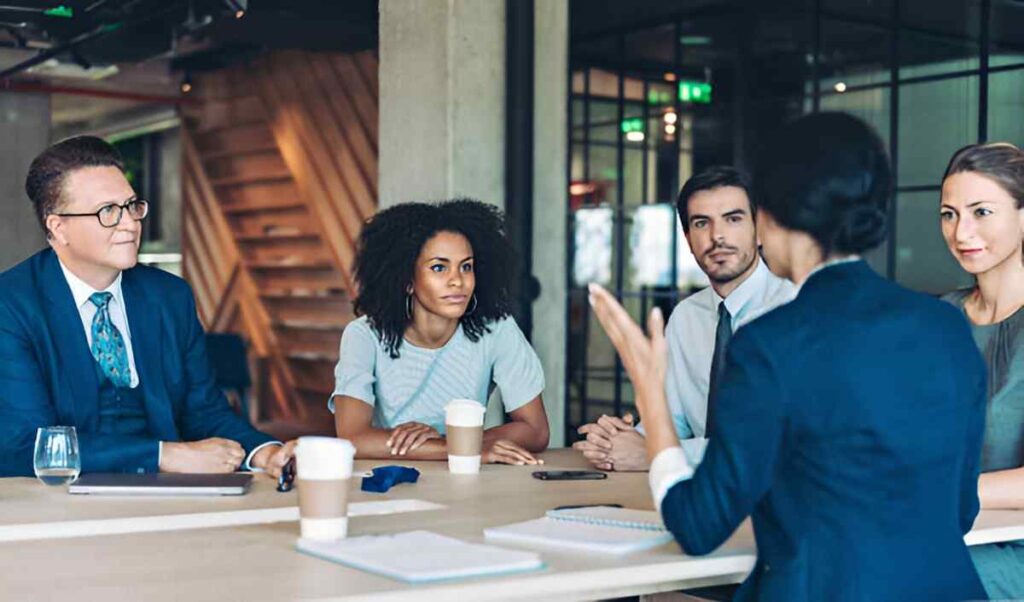Joint and several liability is a legal concept that holds multiple parties responsible for a single obligation or debt. Under this principle, each party can be held individually liable for the entire obligation, meaning that creditors or claimants have the option to pursue repayment from any or all of the parties involved. Understanding joint and several liability is crucial for individuals and businesses engaging in contracts or partnerships, as it affects the distribution of risk and responsibility among the parties involved.
Table of Contents
What is Joint and Several Liability?
Joint and several liability is a legal doctrine that applies when two or more parties are found to be jointly responsible for a single obligation or debt. This means that each party can be held liable for the full amount of the obligation, regardless of their individual contribution or fault. Creditors or claimants have the option to pursue repayment from any or all of the parties involved, providing them with greater flexibility in recovering their losses.
Key Features of Joint and Several Liability
- Shared Responsibility: Parties subject to joint and several liability share the responsibility for fulfilling a contractual obligation or satisfying a legal claim. They are collectively liable for the entire amount owed, rather than being responsible for only their proportionate share.
- Individual Liability: Despite the shared responsibility, each party can be held individually liable for the full amount of the obligation. This means that creditors or claimants have the option to pursue repayment from any single party, without needing to pursue all parties simultaneously.
- Flexibility for Creditors: Joint and several liability provides creditors or claimants with flexibility in seeking repayment. They can choose to pursue the party most capable of satisfying the debt or pursue multiple parties to increase the likelihood of recovery.
Example of Joint and Several Liability
Suppose three individuals—Alice, Bob, and Carol—sign a lease agreement to rent an apartment together. The lease requires each tenant to pay a monthly rent of $1,000. If Alice fails to pay her share of the rent for several months and the landlord initiates legal action to recover the unpaid rent, joint and several liability would apply. In this case:
- Shared Responsibility: Alice, Bob, and Carol are jointly responsible for paying the total rent amount of $1,000 each month.
- Individual Liability: If Alice fails to pay her share of the rent, the landlord can pursue legal action against Alice individually for the full amount owed, even though Bob and Carol have paid their shares.
- Flexibility for Creditors: The landlord has the option to seek repayment from Alice alone or pursue all three tenants collectively to recover the unpaid rent.
Application of Joint and Several Liability
- Contracts: Joint and several liability commonly arises in contracts involving multiple parties, such as partnership agreements, joint ventures, leases, loans, and construction contracts. Parties may agree to joint and several liability provisions to allocate risk and ensure performance.
- Torts: In tort law, joint and several liability may apply when multiple parties are found to be jointly responsible for causing harm or injury to a third party. This allows the injured party to seek compensation from any or all of the responsible parties.
- Business Relationships: Businesses engaging in partnerships, joint ventures, or other collaborative arrangements should be aware of the implications of joint and several liability. It affects the distribution of risk and liability among partners and can have significant financial consequences in the event of default or legal disputes.
Legal Considerations
- Indemnification: Parties subject to joint and several liability may seek indemnification agreements to protect themselves against disproportionate liability. Indemnification clauses allocate responsibility for legal claims or losses among the parties based on their respective contributions or fault.
- Insurance Coverage: Businesses and individuals may purchase insurance policies, such as liability insurance or professional indemnity insurance, to mitigate the financial risks associated with joint and several liability. Insurance coverage can help cover legal expenses and damages resulting from legal claims or disputes.
Conclusion
Joint and several liability is a legal principle that holds multiple parties accountable for a single obligation or debt. Each party can be held individually liable for the full amount owed, providing creditors or claimants with flexibility in seeking repayment. Understanding joint and several liability is essential for individuals and businesses engaging in contracts, partnerships, or other collaborative arrangements, as it affects the distribution of risk and responsibility among the parties involved.





